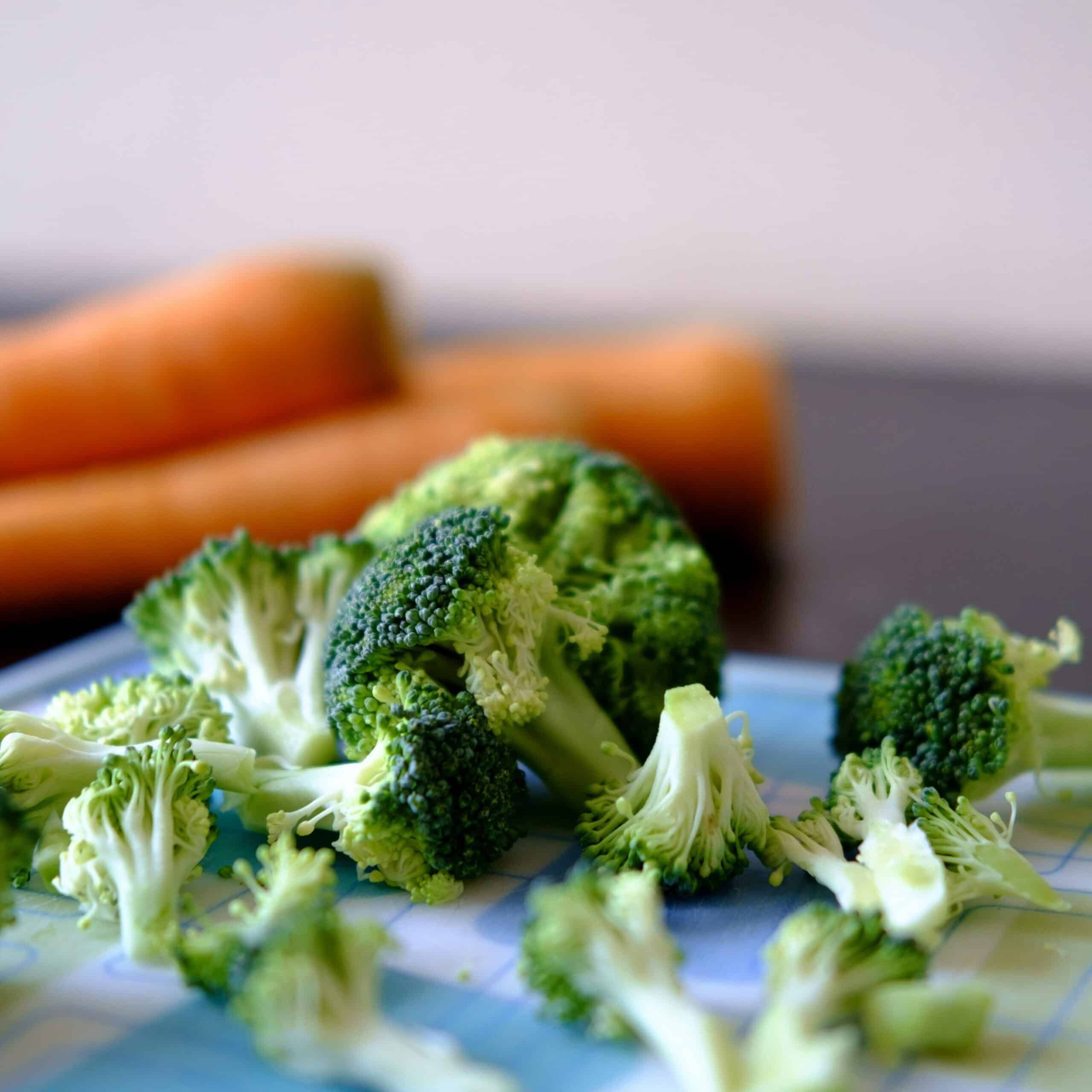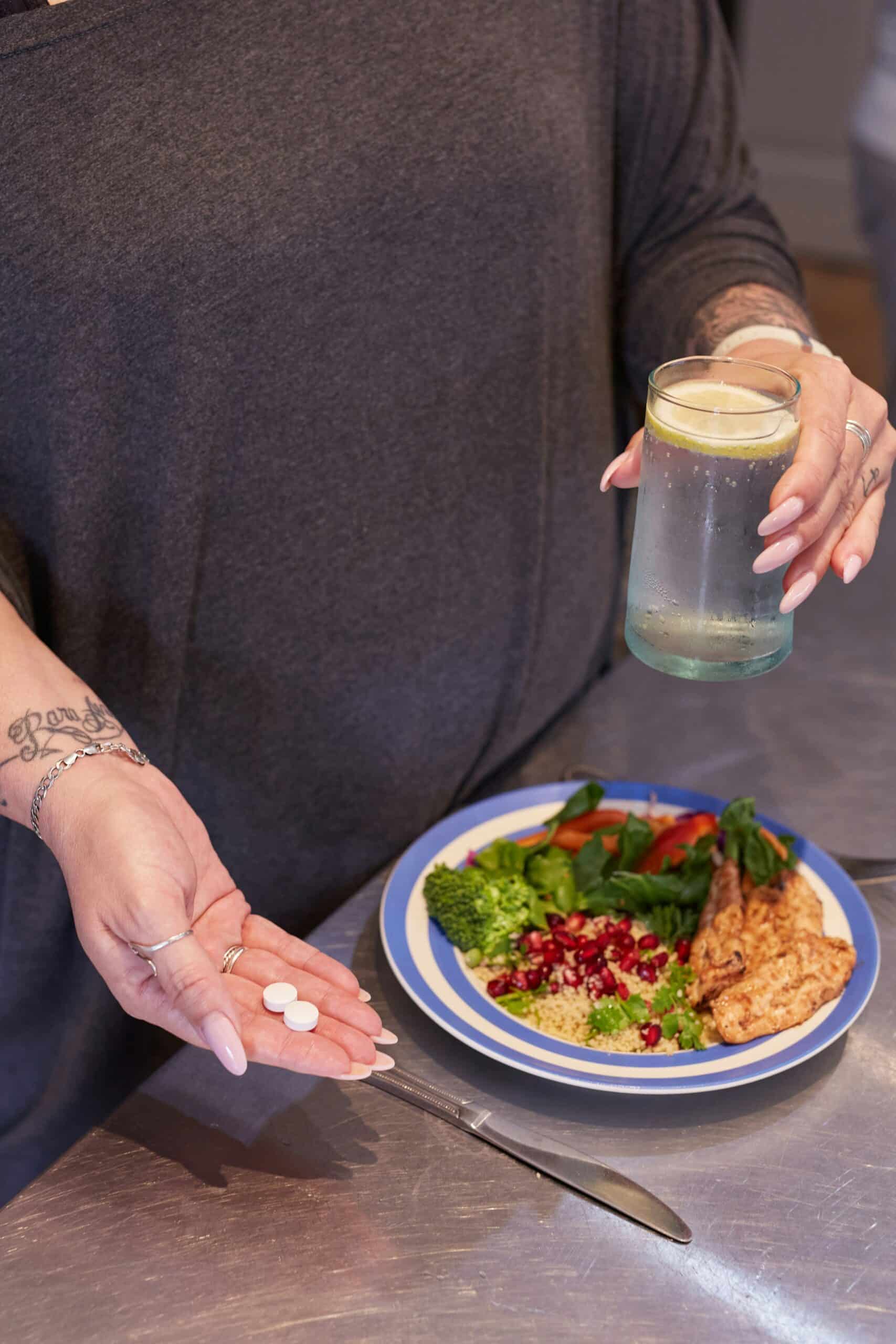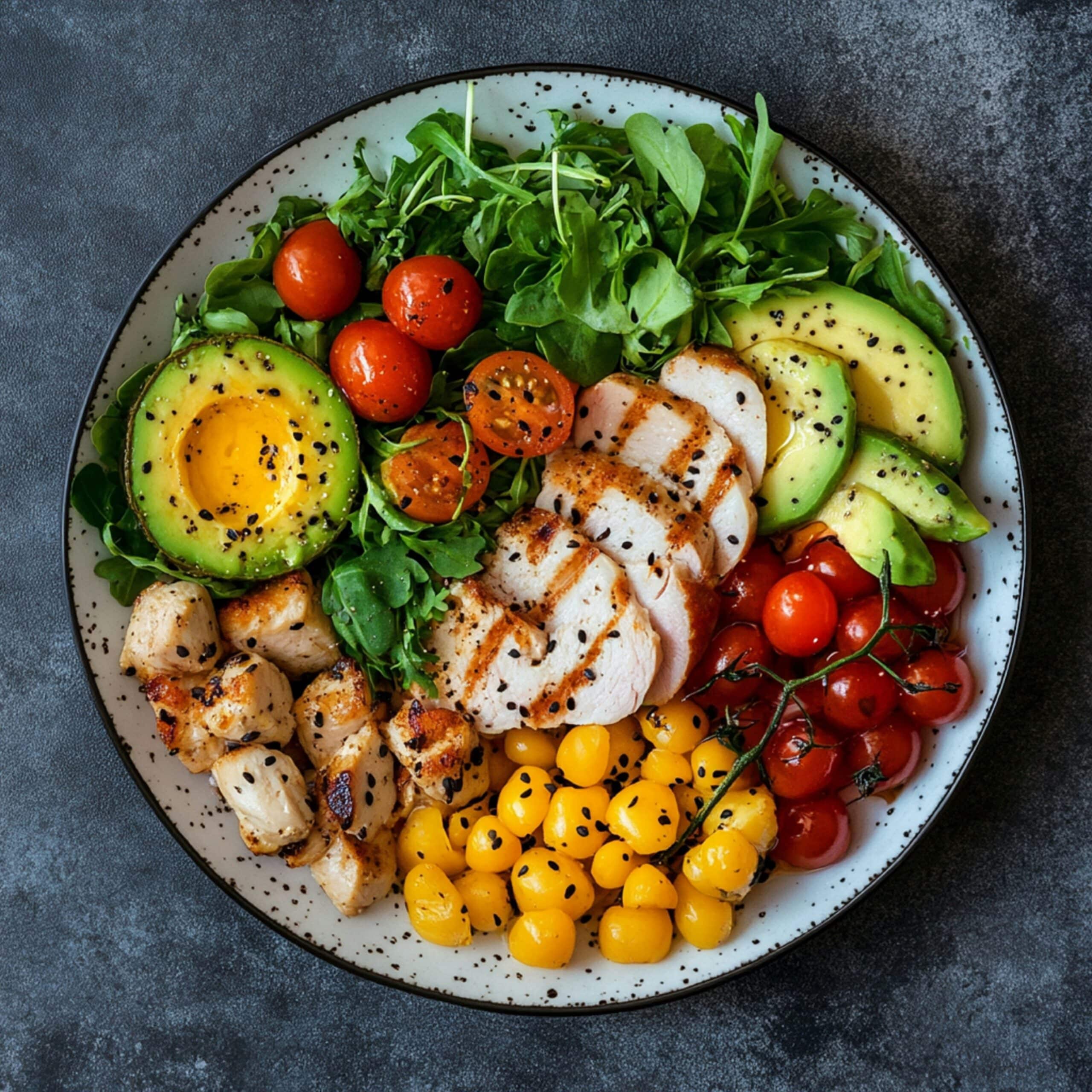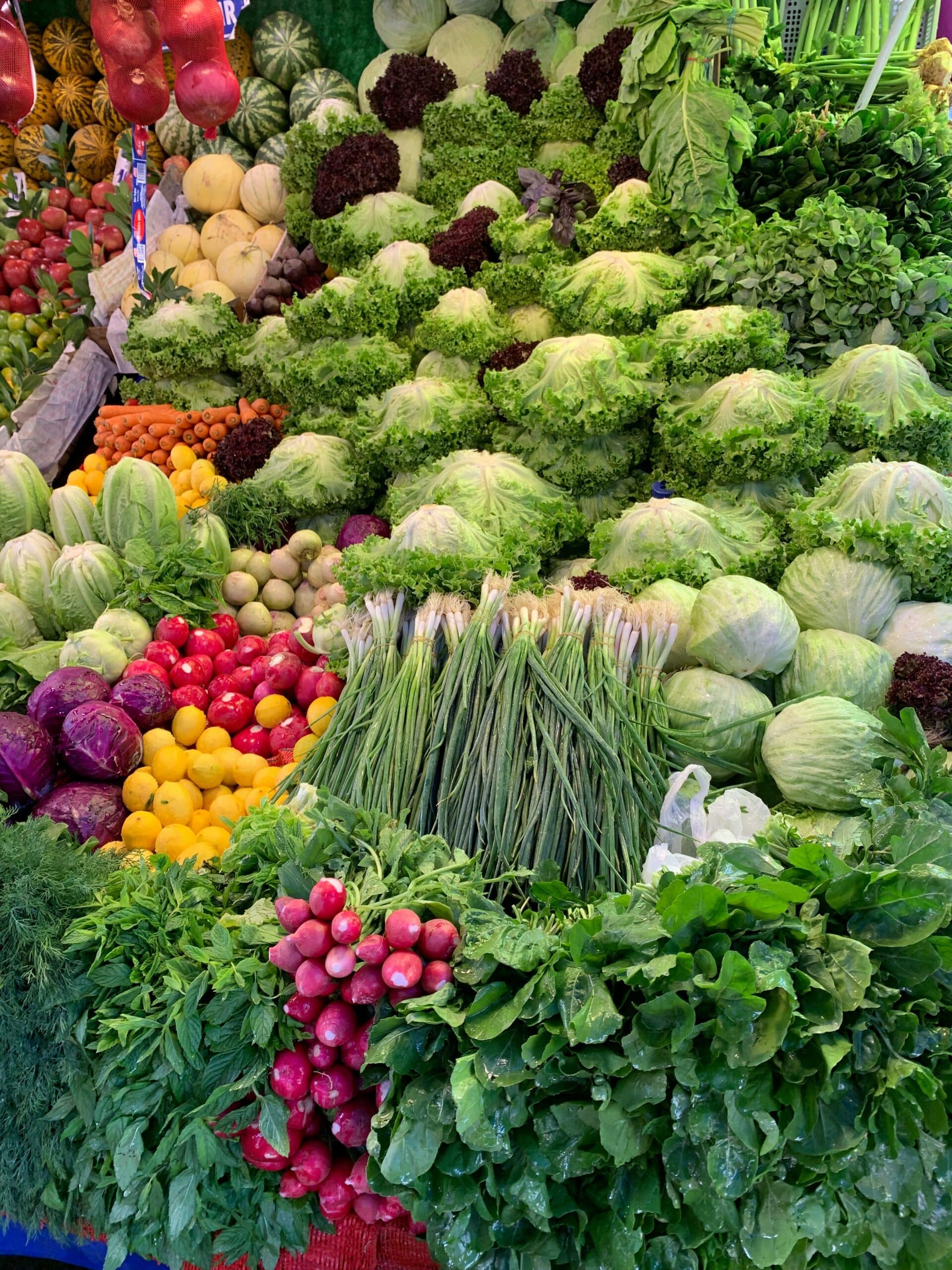Eating the right foods can make a real difference for women suffering from endometriosis. Dietary adjustments may ease pain and other symptoms by choosing ingredients that reduce inflammation and support overall hormone balance. This article provides a comprehensive look at the connection between diet and endometriosis, the foods to include or avoid, effective diet plans, nutritious recipes, beneficial supplements, and lifestyle factors that support wellness. This guide is especially useful for women seeking non-pharmacological strategies to manage the condition and improve everyday well-being.
Key Takeaways
- A balanced, nutrient-rich diet can reduce inflammation and improve endometriosis symptoms.
- Anti-inflammatory, antioxidant-rich, and fiber-dense foods help manage pain and hormone levels.
- Avoiding processed foods, red meat, dairy, and gluten may decrease symptom severity.
- Diet plans such as anti-inflammatory, gluten-free, and dairy-free can be beneficial.
- Supplementation and lifestyle modifications, including exercise and stress management, further support endometriosis care.
What Is the Connection Between Endometriosis and Diet?

Diet plays an important role in managing endometriosis by affecting hormonal balance and inflammation. Certain dietary choices may alter estrogen levels, inflammatory markers, and oxidative stress. Diets high in processed meats and saturated fats have been linked to increased estrogen production and inflammation, whereas diets rich in whole grains, fruits, vegetables, and healthy fats help reduce these effects. Additionally, the balance of gut bacteria influenced by dietary fiber can impact systemic inflammation. Therefore, focusing on nutrient-dense, anti-inflammatory foods can help reduce endometriosis symptoms.
How Does Diet Influence Endometriosis Symptoms?
Diet influences endometriosis by lowering inflammation, modifying estrogen metabolism, and reducing oxidative stress. An anti-inflammatory diet helps decrease cytokine release; antioxidants counteract free radicals; and fiber aids in eliminating excess estrogen from the body. These combined effects reduce pain and help prevent the progression of endometrial tissue growth. Improved gut health also contributes to hormone regulation and immune function. Nutritional consistency over time supports symptom stability. Integrating these dietary strategies can improve both physical comfort and emotional well-being. This holistic approach offers non-pharmacologic support. Many patients feel empowered when they understand their food choices can influence their health.
Which Key Nutrients Support Endometriosis Management?
Essential nutrients for managing endometriosis include omega-3 fatty acids, antioxidants, fiber, and various vitamins and minerals. Omega-3s help reduce inflammation and may ease pain when consumed regularly. Antioxidants protect the body from cellular damage caused by oxidative stress. Fiber aids in detoxification and helps regulate estrogen levels through healthy digestion. Vitamins D and E, along with minerals like magnesium and zinc, support immune response and hormonal balance. Each of these nutrients contributes to easing symptoms and supporting long-term wellness. A varied and whole-food-focused diet ensures adequate intake. Supplementation may be considered if deficiencies are identified. Balanced nutrition is a foundational component of supportive care.
What Are the Best Foods to Eat for Endometriosis Relief?

For symptom relief, choose whole, unprocessed foods that are anti-inflammatory and support gut health. Cruciferous vegetables such as broccoli and kale may help regulate estrogen. Fatty fish like salmon and mackerel supply omega-3s that ease inflammation. Legumes and whole grains offer fiber that supports digestion and hormone balance. Leafy greens, nuts, and seeds contribute antioxidants that fight oxidative stress. Lean proteins help maintain energy without promoting inflammation. Colorful fruits provide essential vitamins and phytonutrients. These foods work together to build a nutrient-rich, supportive diet.
Which Anti-Inflammatory Foods Help Reduce Pain?
Foods that help reduce inflammation include leafy greens, berries, nuts, fatty fish, and legumes. Spinach and kale contain antioxidants and essential minerals that help regulate immune function. Blueberries and raspberries are rich in compounds that neutralize free radicals. Walnuts and almonds supply healthy fats that reduce inflammatory responses. Salmon and similar fish deliver omega-3s that may ease joint and muscle pain. Beans and lentils provide fiber and plant-based protein to support hormonal balance. Eating these ingredients regularly can reduce overall discomfort. Combining these foods into balanced meals improves nutritional impact. Long-term dietary consistency is key.
What Are the Top Antioxidant-Rich Foods for Endometriosis?
Antioxidant-rich foods help protect tissues from oxidative damage and inflammation. Berries, pomegranates, and cherries are packed with natural compounds that fight cellular stress. Leafy greens like spinach, kale, and arugula offer vitamins and phytochemicals that aid in healing. Bell peppers and tomatoes contain vitamin C and lycopene, both supportive of immune and skin health. Nuts and seeds add vitamin E and healthy fats to the diet. Dark chocolate and green tea offer additional antioxidant benefits. These foods may ease symptom severity when included consistently. A colorful plate is often a nutrient-dense one. Eating a range of these ingredients daily supports wellness.
How Do Fiber-Rich Foods Support Gut Health and Symptom Relief?
Fiber helps regulate digestion, promote healthy gut bacteria, and reduce circulating estrogen levels. Foods like brown rice, quinoa, legumes, and fresh vegetables are excellent sources. A high-fiber diet supports detoxification by encouraging regular bowel movements. This process may reduce inflammation and estrogen reabsorption in the body. Balanced gut flora can enhance immune response and improve nutrient absorption. Fiber also helps stabilize blood sugar and energy levels throughout the day. Including a wide variety of fiber-rich foods encourages better digestion. Gradual dietary changes help avoid discomfort as fiber intake increases. Supporting gut health is central to managing symptoms naturally.
Which Foods Should Be Avoided to Manage Endometriosis Symptoms?

Avoiding foods that trigger inflammation or disrupt hormone regulation can help reduce symptoms. Processed foods often contain trans fats, preservatives, and additives that increase inflammatory responses. Refined sugars and high-fat dairy products may promote bloating and hormone imbalances. Red meat and foods high in saturated fats are linked to greater estrogen activity. Reducing or removing these items can lead to more stable symptoms. These dietary changes may also support better digestion and energy levels. Avoidance does not have to be extreme—start with mindful substitutions. Tracking symptoms after dietary shifts helps identify what works best. Small, consistent changes often yield lasting improvements.
Why Are Processed Foods Harmful for Endometriosis?
Processed foods are typically high in added sugars, unhealthy fats, and artificial ingredients that may worsen symptoms. These substances contribute to inflammation and may elevate estrogen levels. Many processed items also lack the fiber and nutrients that support hormone clearance and gut health. Frequent consumption can increase oxidative stress and weaken immune function. Highly processed meals may also lead to weight gain, which can aggravate pain. Limiting packaged snacks, fast food, and sugary drinks supports a more balanced diet. Choosing fresh, whole foods can reverse these negative effects. Awareness of food quality is a strong foundation for symptom relief.
How Does Red Meat Affect Endometriosis Pain and Inflammation?
Red meat, particularly fatty cuts, contains saturated fats that can stimulate inflammatory pathways in the body. Consuming red meat frequently may raise estrogen levels and contribute to hormonal imbalance. It may also increase prostaglandin production, compounds linked to heightened pain. Leaner protein sources or plant-based alternatives can offer similar nutrients without these drawbacks. Reducing red meat intake could lead to fewer pain episodes and better digestion. Making gradual swaps with fish, legumes, or poultry may be easier to sustain. Cooking methods like grilling or baking also influence how inflammatory a meal becomes. Smart protein choices contribute to more effective symptom control.
What Are the Effects of Dairy and Gluten on Endometriosis?
Some individuals with endometriosis may experience sensitivity to dairy and gluten, though responses vary. Dairy products can contain hormones and proteins that contribute to inflammation or digestive discomfort. Gluten may trigger bloating or fatigue in sensitive individuals, especially those with gut imbalances. Removing or reducing these foods can sometimes lead to improved energy and less pelvic pain. Alternatives like almond milk or gluten-free grains offer similar nutrients without the same risks. It’s important to monitor symptoms when eliminating major food groups. Reintroducing them strategically helps identify true sensitivities. Professional guidance ensures balanced nutrition during elimination phases.
How Can You Follow Effective Diet Plans for Endometriosis?

Following a structured diet plan can make symptom management more achievable and consistent. Anti-inflammatory, gluten-free, and dairy-free options are popular choices for those with endometriosis. These plans focus on whole, minimally processed foods that support hormone balance and reduce inflammation. Meals are built around vegetables, lean proteins, whole grains, and healthy fats. Sticking to these plans over time may lead to noticeable pain reduction and improved digestion. Keeping a food journal can help track reactions and identify patterns. Gradual changes are easier to maintain and often more sustainable. The right plan varies by individual and can be adjusted to fit personal needs.
What Is an Anti-Inflammatory Diet Plan for Endometriosis?
An anti-inflammatory diet includes a variety of colorful fruits, leafy greens, vegetables, nuts, seeds, and whole grains. Fatty fish, like salmon, provides omega-3s that help regulate immune response. This plan limits processed foods, added sugars, and saturated fats to reduce inflammation. Herbs and spices like turmeric and ginger may offer additional support. Meals are designed to keep blood sugar stable and minimize inflammatory triggers. Consistency is key for seeing long-term benefits. Hydration, meal prep, and mindful eating all enhance success. An anti-inflammatory approach supports pain relief and overall hormone balance.
How to Implement a Gluten-Free Diet Plan Safely?
A gluten-free diet eliminates wheat, barley, and rye, which are common in bread, pasta, and many packaged goods. Safe alternatives include brown rice, quinoa, millet, and certified gluten-free oats. Reading ingredient labels is essential to avoid hidden sources of gluten and prevent cross-contamination. Many naturally gluten-free foods like fruits, vegetables, and legumes form the base of this diet. It’s important to maintain fiber intake through whole, gluten-free grains and plant-based sources. Starting slowly allows the body time to adjust and helps identify any symptom changes. Regularly rotating foods adds variety and prevents nutrient gaps. Long-term success comes from balance and awareness.
What Are the Benefits of a Dairy-Free Diet Plan?
A dairy-free diet removes milk, cheese, yogurt, and other dairy-based products that may cause inflammation or digestive upset. Many plant-based alternatives—like almond, oat, and coconut milk—offer similar textures without triggering symptoms. Calcium and vitamin D can be obtained from leafy greens, fortified products, and supplements if needed. This approach may reduce bloating, fatigue, and hormone-related pain for some individuals. Experimenting with recipes that use dairy-free substitutions helps ease the transition. Over time, symptoms may become more manageable and digestion more stable. Eliminating dairy can also support clearer skin and improved energy levels. Monitoring results ensures the diet works for your body.
What Are Some Easy and Nutritious Recipes for Endometriosis?

Easy, nutritious recipes make it more convenient to maintain an endometriosis-friendly diet. Meals should emphasize anti-inflammatory ingredients, whole foods, and fiber. Quick preparation methods like overnight soaking, roasting, and one-pot meals save time without sacrificing nutrition. Recipes that blend fruits, vegetables, healthy fats, and plant-based proteins are especially supportive. Having go-to recipes makes it easier to stick to dietary changes. Weekly planning and prepping ingredients in advance reduce stress and support consistency. Including a variety of colors and textures keeps meals satisfying. Flavorful, balanced dishes promote wellness and symptom relief.
Which Breakfast Recipes Support Endometriosis Wellness?
Breakfast sets the tone for the day, so nutrient-rich options are ideal for managing inflammation and hormone balance. Overnight oats with flaxseeds and berries provide fiber and antioxidants to start the morning strong. Smoothies with leafy greens, avocado, and chia seeds offer healthy fats and essential vitamins. Quinoa porridge with nuts and spices like cinnamon delivers protein and anti-inflammatory benefits. These meals are simple to prepare and easy to customize. They also help maintain blood sugar levels and sustained energy. Including protein and healthy fats in the morning can reduce cravings later. Fresh ingredients support digestion and cognitive focus. Consistent breakfast habits contribute to long-term symptom relief.
What Are Healthy Lunch and Dinner Recipes for Pain Relief?
Lunch and dinner meals should focus on anti-inflammatory ingredients and balanced nutrition. Salads with cruciferous vegetables like broccoli and Brussels sprouts combined with grilled fish or tofu supply fiber and healthy fats. Stir-fries using bell peppers, spinach, and brown rice offer antioxidants and complex carbs for steady energy. Hearty soups like lentil stew or chickpea curry provide plant-based protein and support digestion. These meals can be batch-cooked for convenience throughout the week. Adding herbs and spices like turmeric or garlic enhances flavor and healing properties. Choosing roasted or steamed cooking methods preserves nutrients. Balanced plates support blood sugar control and reduced inflammation. Regular variety prevents food fatigue and ensures a full nutrient profile.
What Snack Ideas Help Manage Endometriosis Symptoms?
Healthy snacks can curb hunger while providing nutrients that support pain relief and hormone balance. Raw vegetables with hummus offer fiber and minerals that benefit gut health. A small handful of almonds or walnuts delivers omega-3s and protein. Sliced fruit with almond or sunflower seed butter provides natural sweetness and sustained energy. Homemade trail mix with seeds, dried fruit, and a small amount of dark chocolate adds antioxidants and crunch. These snacks are easy to prep and transport. Choosing whole, minimally processed options keeps inflammation low. Spacing snacks between meals helps regulate energy levels. Thoughtful snacking supports better symptom management throughout the day.
Frequently Asked Questions
How long does it take to see improvements in endometriosis symptoms after dietary changes?
Most women begin to notice reduced symptoms within 6 to 12 weeks of following a consistent, anti-inflammatory diet. Improvements may include less pain, better digestion, and more stable energy. Individual results vary based on how severe the symptoms are and how closely the diet is followed.
Are there any specific fruits or vegetables that are particularly beneficial for endometriosis?
Yes, cruciferous vegetables like broccoli, kale, and Brussels sprouts help with estrogen balance. Berries, leafy greens, and colorful vegetables provide antioxidants that lower inflammation. Including a wide range of these foods daily can support overall symptom control.
Can dietary changes work alongside conventional treatments for endometriosis?
Definitely. Nutrition can enhance results from treatments like hormone therapy, physical therapy, or surgery. At the Endometriosis Center of Excellence, Dr. Rachel may recommend dietary changes as part of a personalized, non-opioid care plan to support long-term relief.
Is it necessary to completely eliminate dairy and gluten if I have endometriosis?
Not for everyone. Some women feel better when reducing or avoiding dairy and gluten, especially if they experience digestive issues. Dr. Rachel may suggest trying an elimination diet under guidance to see if these foods are triggering symptoms.
What types of healthy fats should I incorporate into my diet?
Focus on omega-3-rich fats like salmon, mackerel, flaxseeds, chia seeds, and walnuts. These fats help reduce inflammation, support hormone balance, and can ease pain. Including them regularly is a helpful part of a supportive nutrition plan.
Conclusion
Endometriosis is a complex condition that can improve with targeted dietary changes. By focusing on anti-inflammatory foods, avoiding triggers like processed foods, red meat, dairy, and gluten, and adding supportive supplements, women may significantly enhance their quality of life. Coupled with regular exercise, effective stress management, and quality sleep, these dietary strategies create a strong foundation for reducing symptoms and promoting long-term wellness and pain relief.

